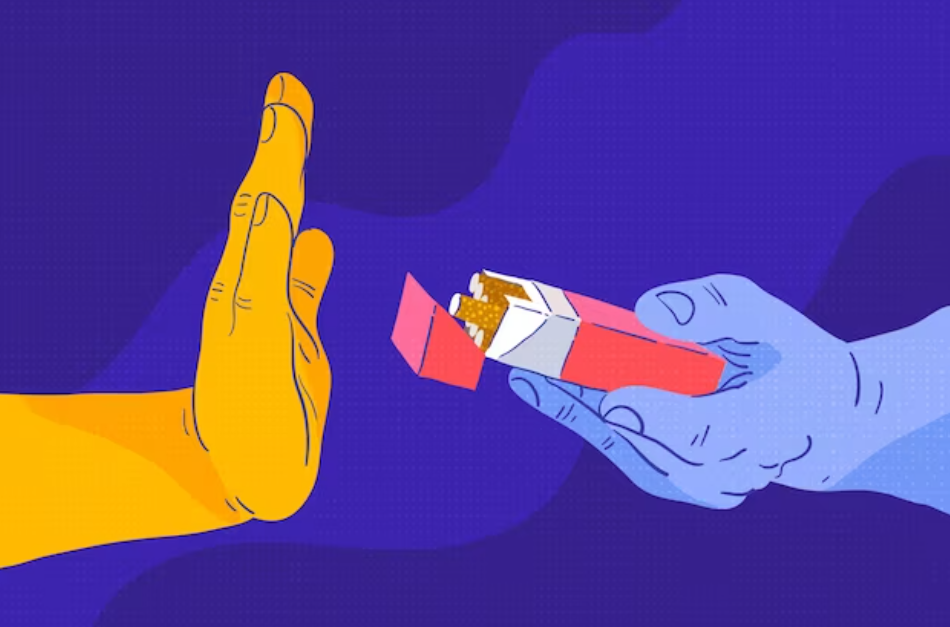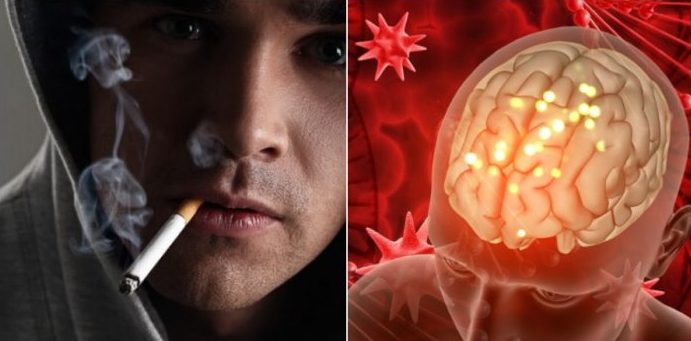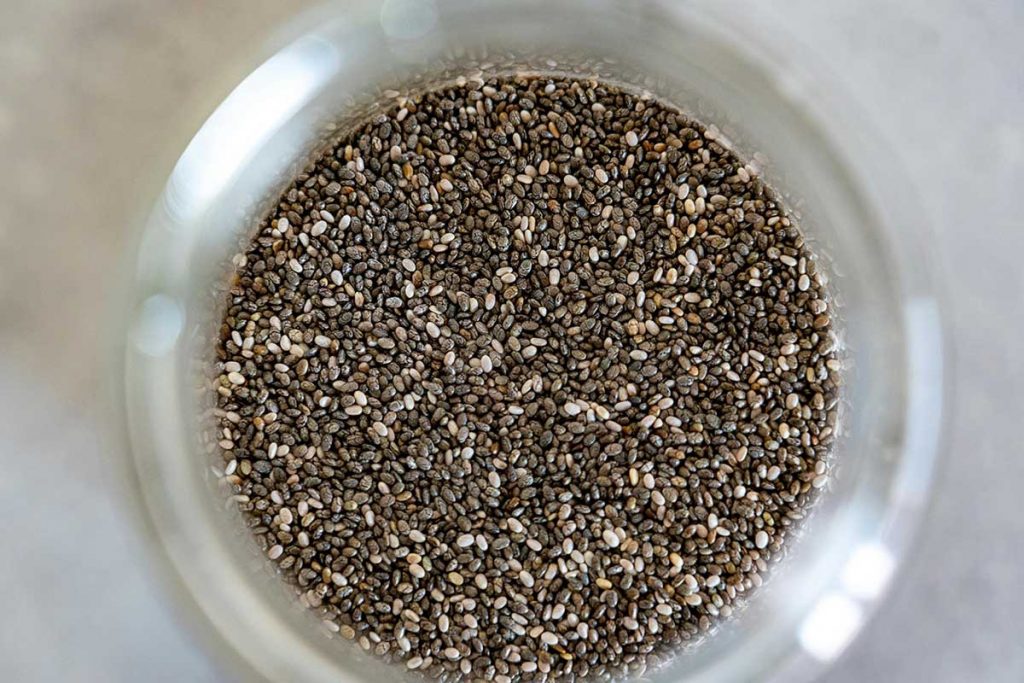Teen smoking is a big health issue, and researchers are getting closer to understanding why some young people start smoking and can’t stop. A recent study by experts from Cambridge, Warwick, and Fudan Universities looked at the brains of over 800 teens to find out more. This article will also include general information about teenage smoking and nicotine addiction, the latest statistics, and the best-proven ways to help youth quit smoking.
Teenage Smoking and Nicotine Addiction Study
Nicotine is a chemical compound that naturally occurs in tobacco plants. It’s the primary addictive substance in tobacco products like cigarettes, cigars, and chewing tobacco. When people smoke or use these products, they take in nicotine, which affects their brain and body, leading to addiction.

People often start smoking when they are young, and part of the reason for this is that their brains are more sensitive to nicotine’s effects during adolescence.
Research shows that microglial cells in the brain play a big role in keeping things balanced. When someone uses nicotine, especially during their teenage years, these cells can get activated, leading to long-term addiction.
The study looked at parts of the brain called the ventromedial prefrontal cortex (vmPFC), which are involved in decision-making. They found that teens who started smoking early had less brain matter in a part of the vmPFC linked to making decisions and sometimes breaking the rules.
The researchers also found that smokers had less brain matter in another part of the vmPFC, which is linked to seeking out fun experiences. This suggests that smoking may become addictive because it’s linked to seeking pleasure.
What Does This Mean?
Understanding these brain differences could help us spot teens who might start smoking early and give them support to avoid it. It could also help us develop better ways to help people quit smoking once they’ve started.
As smoking remains a big problem worldwide, understanding how the brain plays a role in teen smoking is crucial. By knowing more about how the brain affects smoking behavior, we can work towards stopping more young people from starting smoking and saving lives from the harmful effects of tobacco.
Youth and Tobacco Use
Teenage smoking and nicotine addiction have become a serious issue. That is why it is crucial to prevent young people from starting because most adult smokers begin during their teenage years. Many middle and high school students are using various tobacco products, particularly e-cigarettes. Factors like social influences, media exposure, genetics, and personal beliefs contribute to their tobacco use.

The use of tobacco products often begins and becomes established during adolescence. The latest statistics on Youth and Tobacco Use from the Centers for Disease Control and Prevention show these data:
- Nearly 9 out of 10 adults who smoke daily started smoking before reaching the age of 18.
- The addition of flavorings to tobacco products can make them more appealing to young people.
- In 2021, around 80.2% of high school students and 74.6% of middle school students who used tobacco reported using flavored products.
- In 2023, 90.3% of high school students and 87.1% of middle school students who used e-cigarettes in the past 30 days reported using a flavored e-cigarette during that time.
To reduce youth tobacco use, we must implement strategies such as raising tobacco prices, creating smoke-free environments, and enforcing age restrictions on tobacco sales. Additionally, educational campaigns discouraging tobacco use and establishing tobacco-free zones are essential.
Certain factors like involvement in religious or cultural groups and academic success can also help deter youth from smoking.
How to Quit Smoking?
A review of the neurobiology of nicotine addiction came out with these findings about therapies and their role in teenagers who are trying to quit smoking.
- For teenagers trying to quit smoking, behavioral treatments like counseling seem to work better than medications. Medications like nicotine patches or pills don’t work as well for teens. They can have similar side effects to those seen in adults.
- There is a concern that using nicotine replacement therapy in teenagers might affect how their brains develop. So, it is important to understand how nicotine affects the teenage brain and find new ways to help teens quit smoking.

- Using mobile apps and social media can also help teenagers quit smoking. These tech-based approaches, like quitting hotlines or online support groups are affordable. They also increase the chances of both teens and adults quitting smoking compared to no intervention.
- Personalized treatments based on genetics (pharmacogenomics) might also improve the success rate of quitting smoking. So, effective treatments for both adults and teens should include counseling and FDA-approved medications. It is important to tailor treatments to each person to make them more likely to work.
In summary, addressing youth tobacco use requires comprehensive efforts to deter initiation and promote healthier lifestyles among young people.
Have you ever considered quitting? Tell us in the comments.
You may also like: Vaping Risks You Should Definitely Know About




